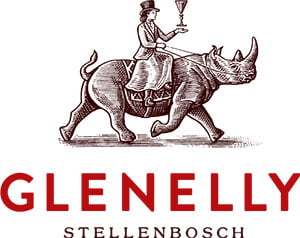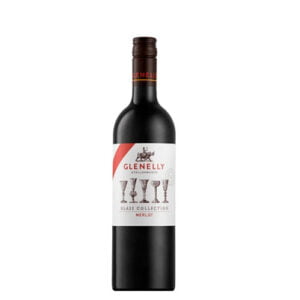WEATHER CONDITIONS – Simonsberg, Stellenbosch
- Winter was late to arrive, with the post-harvest period dominated by warm and dry conditions.
- The first proper winter rainfall and cold only arrived towards the end of June but July saw above average rainfall. August also delivered good rainfall.
- Cold unit accumulation was thus delayed and this combined with a cool August and moderate September, led to budbreak occurring 10-14 days later than normal.
- Following the late winter rains and good growing conditions in spring and early summer, we saw very vigorous growth, which needed careful canopy management
- December saw generally cooler conditions and cooler nighttime temperatures, except for a very warm few days around Christmas.
- January was significantly cooler than average and moderate and dry conditions persisted throughout harvest, with very few days going above 35°C.
- Harvest for most blocks were delayed by 7-10 days, with especially the early varieties showing good acidity levels.
- Generally, a healthy harvest, dominated by cooler and moderate temperatures, delivering grapes of exceptional quality.
WINEMAKING
- The grapes undergo gentle, whole bunch pressing at low pressure to achieve a lighter colour.
- The juice is naturally settled overnight, without the use of enzymes.
- The juice is then transferred to a stainless-steel tanks where spontaneous fermentation (wild ferment) occurs between 16 and 19 ºC.
- The wine is left on it’s fermentation lees for 3 months prior to racking and undergoes malolactic fermentation, adding to the mouthfeel of the wine.
- Notably, there is no addition of sulphur at any stage of the process, instead a small addition of tannin is used to provide oxidative stability.
GRAPE VARIETIES : 100% Syrah
PRODUCTION : 1925 cases – 11,550 bottles
ANALYSIS : Alcohol: 12.64% , Vol Total Acidity: 5.73 g/L, pH: 3.52 Residual Sugar: 1.57 g/L
Le Rosé De May 2025 Tasting Notes





